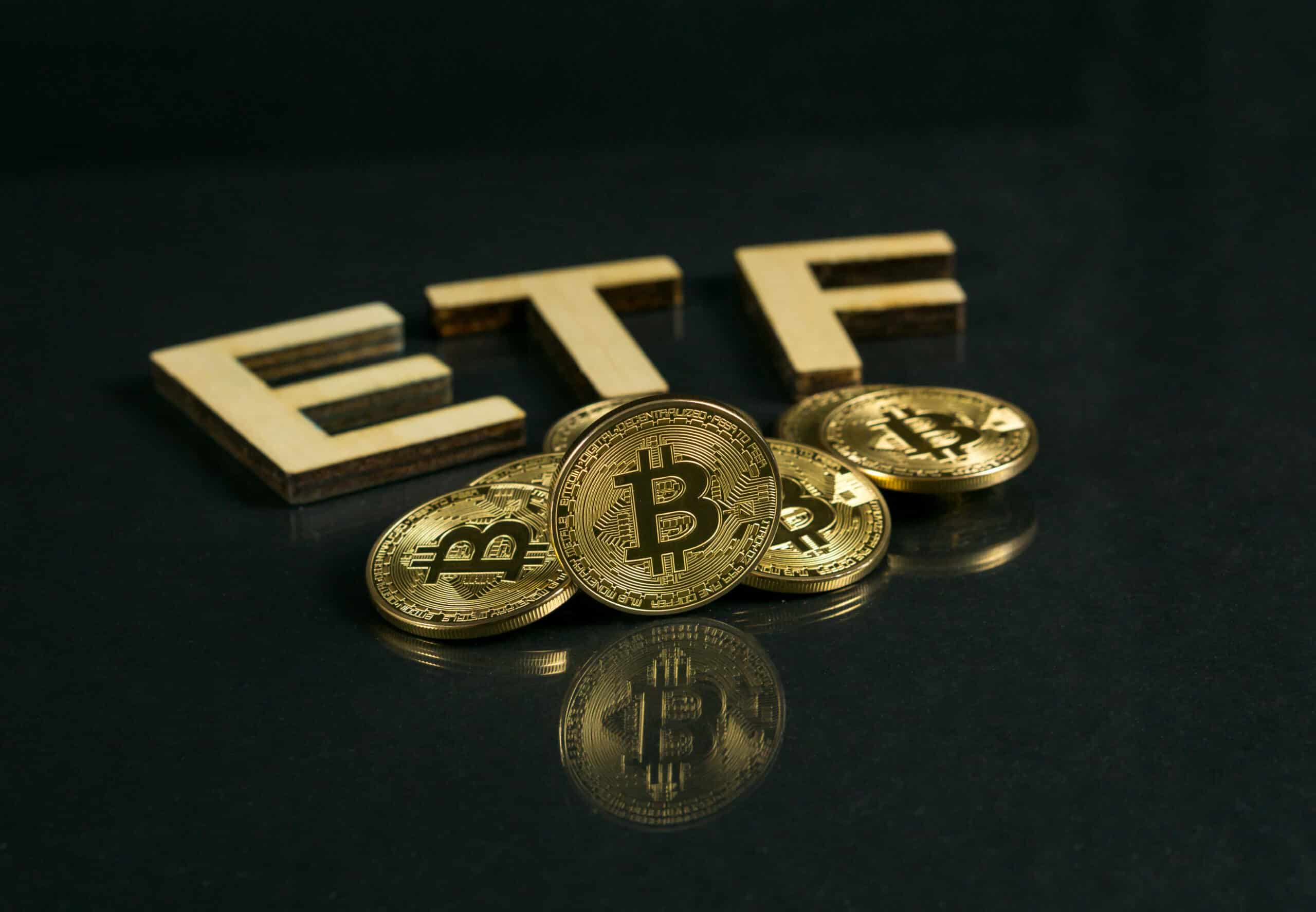As market onlookers attempt to sort out the primary buyers of bitcoin ETFs, a new set of clues has begun to emerge this week as major financial institutions have begun to file 13Fs for Q1 2024, which provides the SEC with snapshots of their holdings as of March 31.
Form 13F is a filing made by institutional asset managers within 45 days of the end of each quarter. They are required filings for institutions managing $100 million or more in publicly-traded assets, and provide quarterly snapshots into these funds’ holdings. Due between April 1 and May 15, the Q1 filings for 2024 will offer the first such glimpse into the institutional market for bitcoin ETFs.
The upcoming 13F filings are expected to provide a first glimpse into how major financial institutions are navigating the crypto space, specifically their investment in the new spot bitcoin ETFs. These filings, mandated for institutions managing over $100 million in equities, serve as a crucial barometer of institutional sentiment and could signal broader market trends.
Market commentator @MacroScope17, who frequently writes on institutional trading, drew attention to the forthcoming filings on March 25, pointing out that “the filings will start with a trickle” in the first week of April “and run well in to May.” They also wrote, “the most interesting names could come later in the process, since some funds like to wait as long as possible in order to not show their hand before the mid-May deadline.”
Remember, starting next week, institutional investment managers will file their 13F forms with the SEC. This means we'll start to get a look at who's been buying the Bitcoin ETFs. A few points:
1. These filings will start with a trickle next week, then pick up after that and run…
— MacroScope (@MacroScope17) March 25, 2024
Read More: Spot Bitcoin ETFs Finally Receive SEC Seal of Approval
11 spot bitcoin ETF products launched in US markets in January 2024, some after years of wrangling with the SEC to secure approval. These market participants included leading asset managers like BlackRock, Fidelity, and Franklin Templeton, as well as more crypto-specific funds such as ARK 21Shares, Bitwise, and Grayscale.
What to Watch
The new filings are expected to provide insight into bitcoin ETF markets, but it will be limited. Matt Hougan, Chief Investment Officer at Bitwise, told Unchained that while these filings will be “enormously valuable,” he warned that there are “a few important limitations to these disclosures.
Firstly, Hougan said, investments are reported in aggregate through brokers, masking individual investor identities. “In other words, all the investors who hold the ETF via Charles Schwab will come in through one omnibus Schwab account (or possibly a few accounts)… You don’t always get a look through to the end holder,” Hougan said.
Secondly, since 13F filings only provide a snapshot of a firm’s holdings at the end of the quarter, large short-term holders can appear, somewhat misleadingly, as outsized investors. Hougan continued:
It is very common for ETFs to show trading firms… as large holders, because they may have a large short-term position as they facilitate liquidity in the ETF,” Hougan said. “This does not mean that these are ‘trading ETFs;’ it’s just the nature of ETFs and how creation/redemptions work.
Still, Hougan concluded. “I expect to see a mix of trading firms, hedge funds, independent financial advisors, and platforms reporting holdings of these ETFs. That would be bullish.”
As these filings trickle in over the next six weeks, markets will be eager to gauge the depth of institutional involvement in the cryptocurrency market. Already observers have noted the first such filing—that for Burkett Financial Services, based in Rock Hill, South Carolina—indicates that the firm held 602 shares of BlackRock’s iShare’s Bitcoin Trust, trading at $37.65 at press time for a total reported position of $22,665.
Given the limited nature of what can be learned from these filings, it is helpful to know what signs to look for. According to Hougan, the number of investors at this point could carry more weight than the initial size of their positions, saying that early investors “will likely allocate more in the future as their familiarity builds.”
Those interested in tracking the filings as they come out can do so by visiting the SEC’s EDGAR database and searching under a specific company or fund name, or by “latest filings” and entering “13F.”



